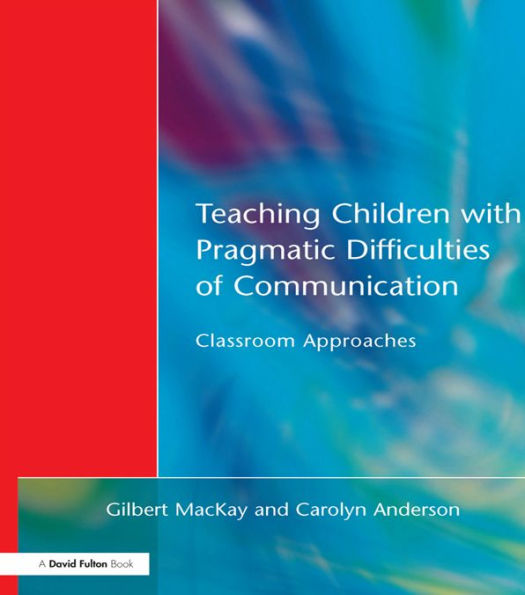First Published in 2000. In everyday life, 'pragmatic' means 'useful', 'functional' or 'what's right for just now'. In communication, it means just the same. This book has been written for teachers and speech and language therapists (SLTs) working in services for children who have difficulty communicating usefully.
1113997030
Teaching Children with Pragmatic Difficulties of Communication: Classroom Approaches
First Published in 2000. In everyday life, 'pragmatic' means 'useful', 'functional' or 'what's right for just now'. In communication, it means just the same. This book has been written for teachers and speech and language therapists (SLTs) working in services for children who have difficulty communicating usefully.
49.99
In Stock
5
1

Teaching Children with Pragmatic Difficulties of Communication: Classroom Approaches
132
Teaching Children with Pragmatic Difficulties of Communication: Classroom Approaches
132Related collections and offers
49.99
In Stock

Product Details
| ISBN-13: | 9781134117413 |
|---|---|
| Publisher: | Taylor & Francis |
| Publication date: | 12/19/2013 |
| Sold by: | Barnes & Noble |
| Format: | eBook |
| Pages: | 132 |
| File size: | 1 MB |
About the Author
From the B&N Reads Blog
